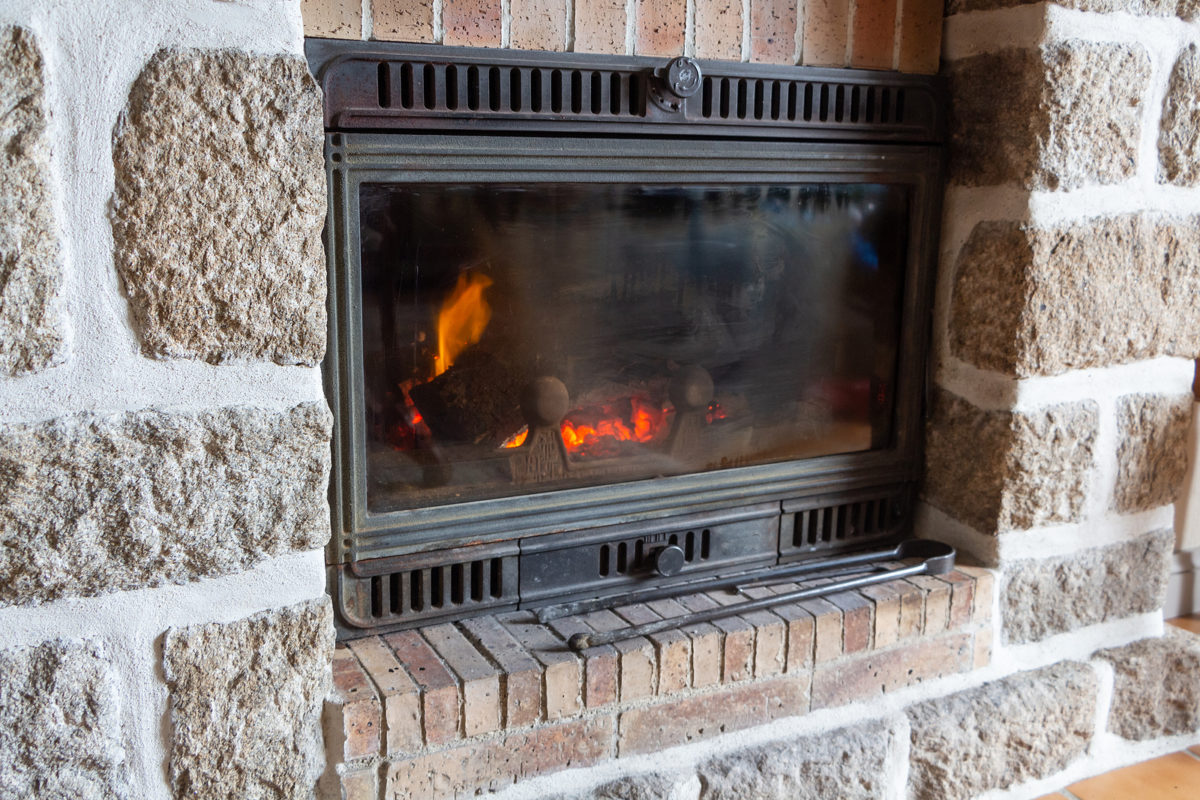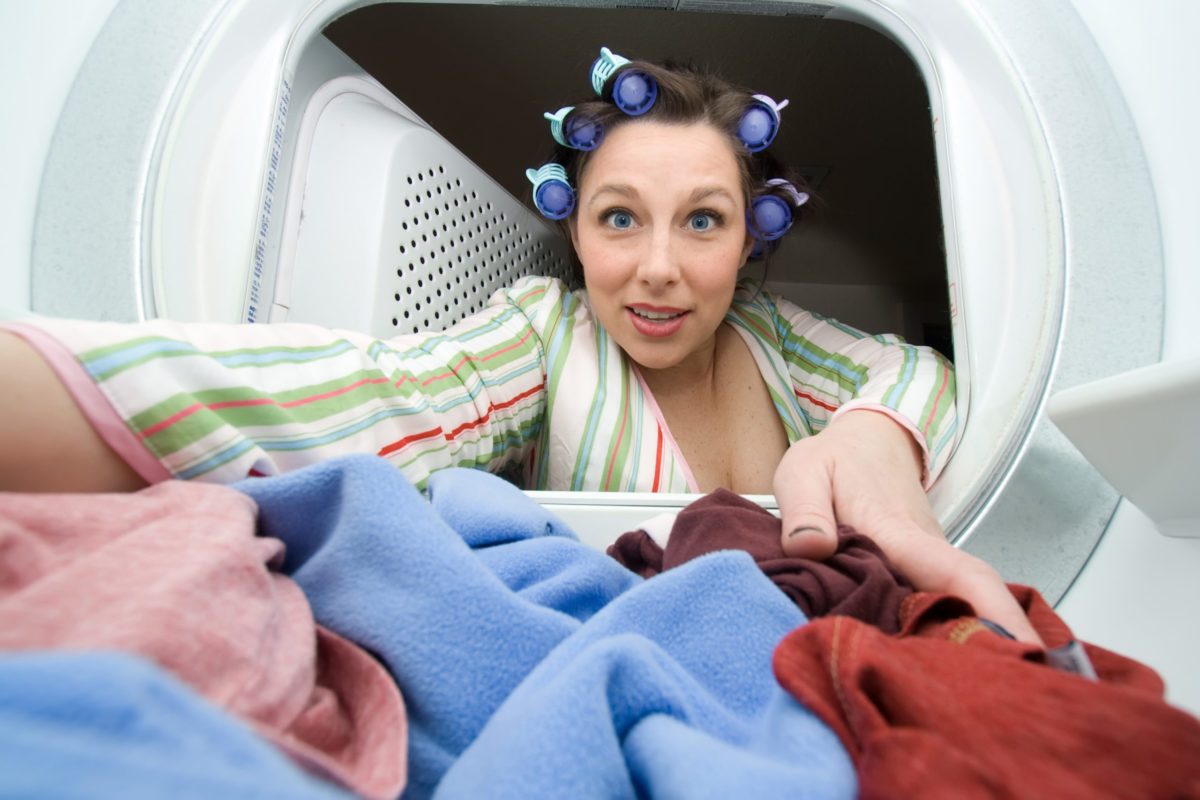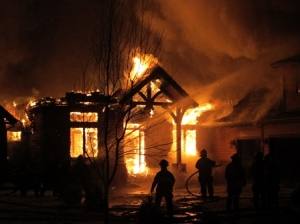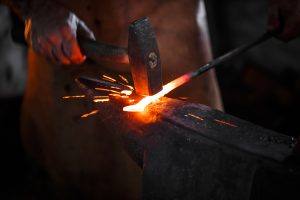In this article, we’ll discuss how to install a fireplace insert in your home and the many benefits of doing so.
If you’re like most people, you probably enjoy the warm glow of a fire during the winter. While there’s nothing wrong with enjoying an open fire, did you know that installing a fireplace insert could improve your home’s heating efficiency by 70 percent or more? It’s true – a new fireplace insert is one of the best ways to improve the comfort and value of your home.
What is a Fireplace Insert?
A fireplace insert is a type of wood (or gas) appliance without legs, and they are designed to be placed inside an existing wood fireplace. Fireplace inserts consist of a metal box that is inserted seamlessly into the fireplace opening. Because of their design, fireplace inserts are much more efficient than traditional wood-burning fireplaces. They dramatically increase heating capacity and wood-burning efficiency while still enjoying the unmatched warmth, ambiance, and nostalgia that only wood fireplaces can provide.
Choosing a New Insert
The first step to install a fireplace insert is to choose the right model. There are many different types of inserts available on the market, so it’s important to select one that fits your needs and lifestyle.
When choosing an insert, you’ll need to consider the following factors:
- The size of your fireplace opening
- The type of fuel you want to use (wood or gas)
- Your desired heating capacity
- The efficiency rating of the insert
- The style of the insert
Once you’ve considered these factors, it’s time to start shopping!
How to Install a Fireplace Insert
Now that you’ve chosen the perfect fireplace insert, it’s time to install it in your home. This job is best done by a professional because it requires special tools and expertise. Our local technicians with The Irish Sweep take a unique approach to installing wood-burning fireplace inserts, incorporating the style and design of each individual fireplace.
If you’re interested in having a wood-burning fireplace insert installed in your home, be sure to contact The Irish Sweep. We’ll install it safely and efficiently. And don’t forget annual maintenance, which will keep your insert running smoothly for decades to come.
If you’re thinking about learning how to install a fireplace insert yourself, be sure to read the manufacturer’s instructions carefully and take the proper safety precautions. This is not a quick and easy DIY!
The Benefits of a New Insert
There are many benefits to installing a new fireplace insert in your home. Some of the most notable benefits include:
- Increased heating capacity with less smoke
- A dramatic increase in wood-burning efficiency
- Increased home value
- The ability to zone heat your home
- Reduced energy costs
If you’re looking for a way to improve the comfort and value of your home, installing a new fireplace insert is a great option.
Talk to Us
Our services at The Irish Sweep can help maintain and enjoy a wood-burning chimney and fireplace all winter and for years to come. We take great pride in offering our fireplace installation services to the resident community and the local Bay Area. To schedule an appointment with our team, call us at (510)521-4088, or visit our contact page.





